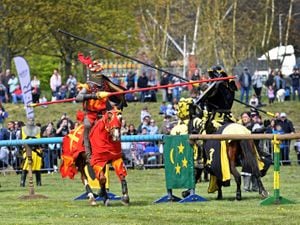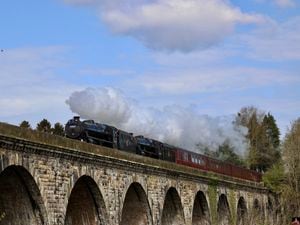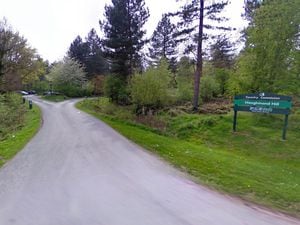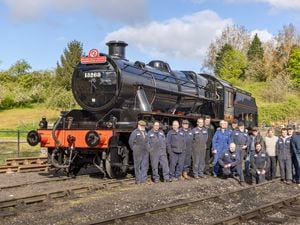Bridgnorth Cliff Railway to close for 10 days for vital maintenance work
Bridgnorth's historic cliff railway is set to close for 10 days for vital maintenance work.
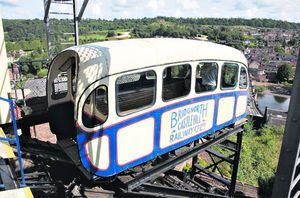
The railway, which is the oldest of its kind in England, will close from Monday, March 2 while its electric motor is rewound and is expected to reopen by March 12.
In use since 1944, the motor is used to move the carriages along the line in opposite directions transporting passengers between High Town and Low Town.
During the fitting of new electrical brushes to the motor last summer, consultants advised that the motor itself would need to be rewound within 10 years but that its life expectancy might only be a year or two.
Railway employees decided that prompt action needed to be taken to avoid the risk of the motor failing before then.
The work is being done by Kidderminster-based West Midlands Rewinds, which will rewind the wires of the electric motor as well as fit a hoist to enable heavy machinery to be moved in and out in compliance with current health and safety requirements.
Cliff railway chairman, Dr. Malvern Tipping, said the work had been scheduled to cause the least amount of disruption to the service and its passengers.
Mr Tipping said: "The directors asked the cliff railway's general manager and its engineer to arrange for the electric motor refurbishment to take place as soon as possible, but out of season.
"I am now advised that now that half-term has passed, the work is due to commence on Monday, March 2, when the cliff railway will close.
"We anticipate that the closure will be for about 10 days, but the opening date remains provisional.
"Once the work has been completed, the electric motor will be expected to be good for another 75 years."
Originally powered by water balance, the railway was converted to electric winding in 1944.
The equipment is made up of winding drums which allow the carriages to be wound in opposing directions.
Since they were installed, the drums have been wound by the 32-brake horsepower electric motor.
The equipment was also commonly used for wagons travelling on tracks in and out of mine adits and for lowering cages down vertical mine shafts.

